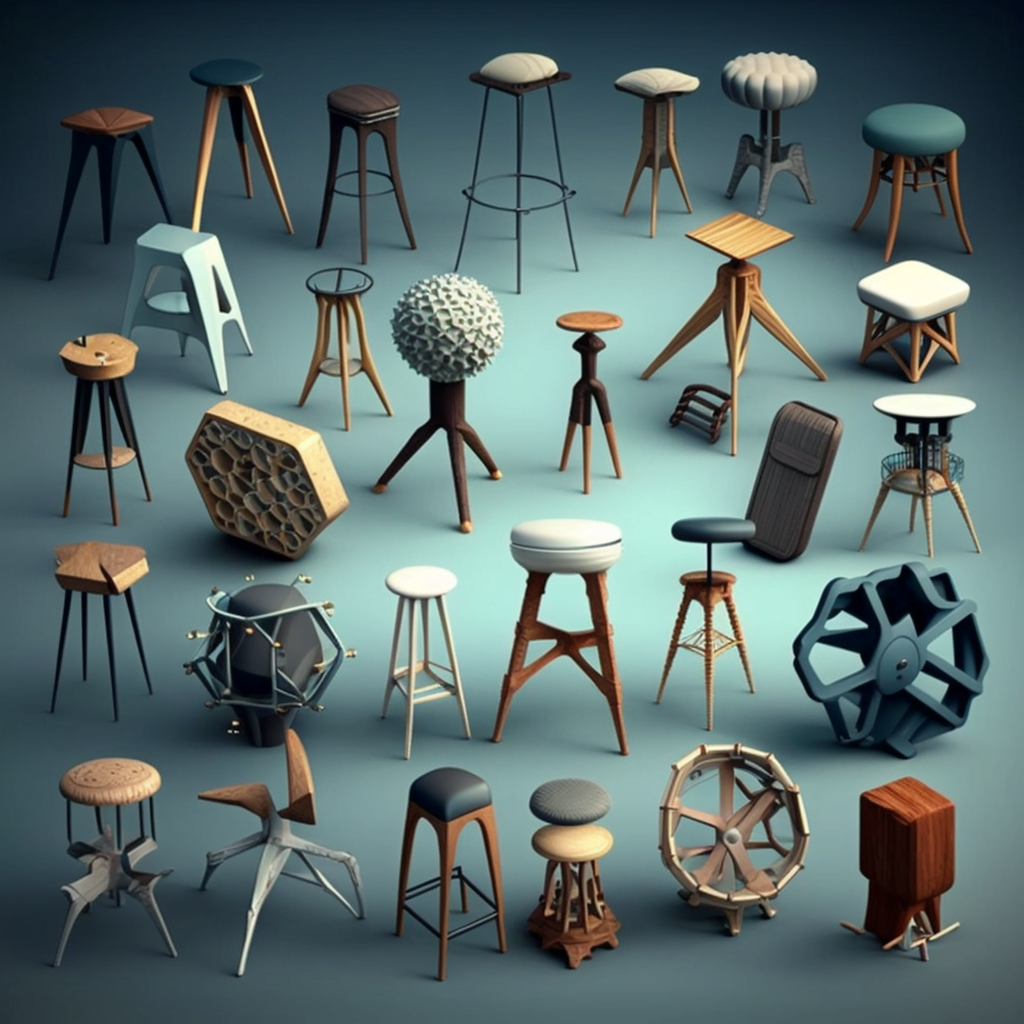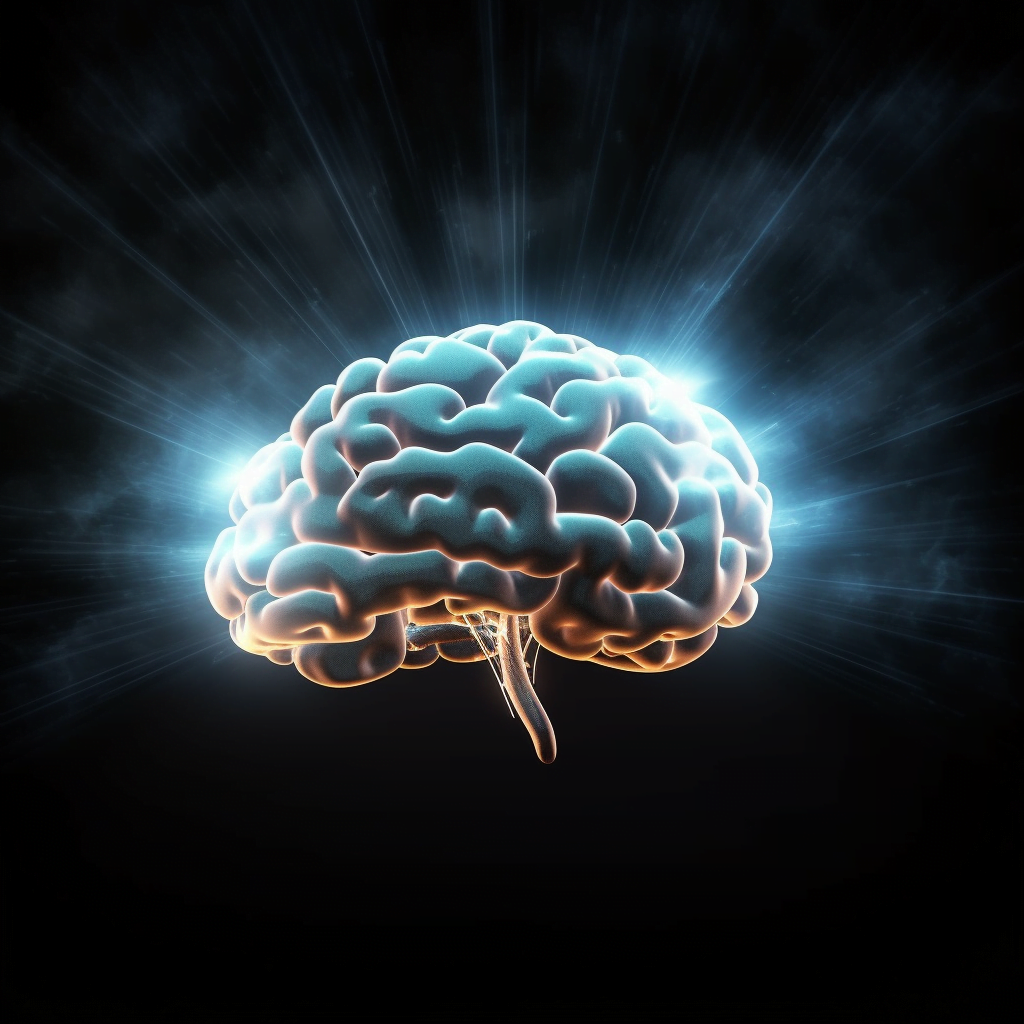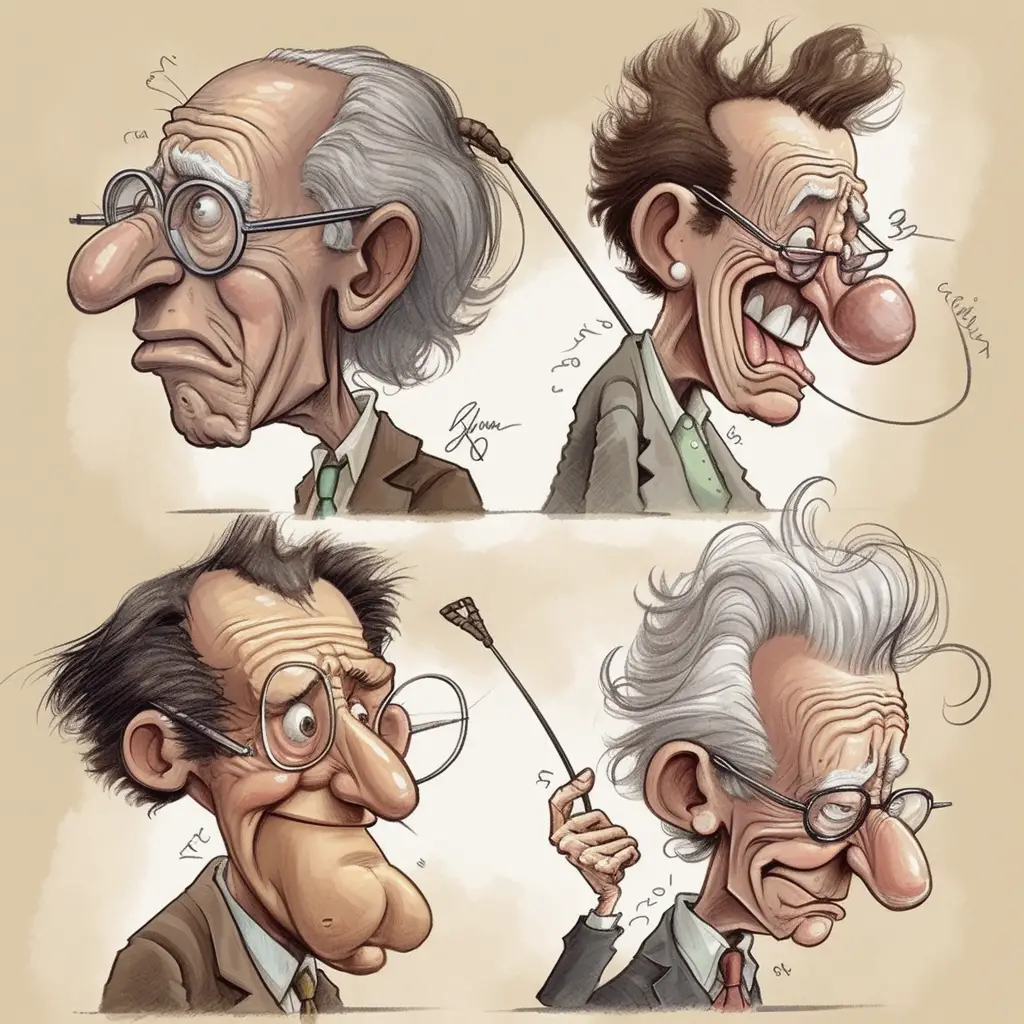
Prototypes in psychology are like the best example of a category in our minds. They help us quickly make sense of new information by relating it to things we already know.
So, let me ask you this – if I asked you to picture an idiot, who would come to mind? For some of you, it might be someone like Donald Trump or Elon Musk. But for me, it’s just a blurry image of myself in the morning mirror. Anyway, whoever comes to mind for you is likely the prototype for the “idiot” category in your mind.
This means that anytime you come across a new person who you might consider an idiot, you’ll compare them to your prototype and think things like “well, they’re not as bad as Donald Trump” or “wow, they’re even dumber than Elon Musk.” It’s kind of like having a mental reference point for each category in our minds.
What is Prototype Theory?
The term “prototype” in psychology was initially defined as the first stimulus associated with a category, but later came to refer to the most central member of a category.
Prototype theory is a departure from classical theory, which defines concepts based on necessary and sufficient conditions. Instead, categories are defined by a specific artifact or by a set of entities that represent a prototypical member. The prototype is the center of the category, with all other members moving progressively further from the prototype, leading to gradations of categories.
This understanding of category membership is not all-or-nothing, but rather a web of interlocking categories that overlap. In cognitive linguistics, it has been argued that linguistic categories also have a prototype structure.
Basic Categories in Prototype Theory
Basic categories are the ones that are most easily recognized and have the highest degree of cue validity. They’re associated with sensory-motor affordances, which basically means they’re things we interact with in a particular way. For example, a chair is associated with bending your knees, and fruit is associated with picking it up and putting it in your mouth. At the subordinate level, there aren’t many significant features that can be added to the basic level, and at the superordinate level, it’s hard to pinpoint conceptual similarities.
Now, the idea of basic level categories is all about maximizing the number of attributes shared by members of the category while minimizing the number of attributes shared with other categories. However, the concept of a basic level is problematic when it comes to things like verbs because they don’t have a clear prototype. In fact, the notion of frequency is closely tied to the basic level, but it’s difficult to pin down.
One thing we do know is that some members of a category are more privileged than others. For example, if you ask someone to name a few exemplars of furniture, the more prototypical items will come up more frequently. And when primed with a higher-level category, like furniture, people are faster at identifying if two words are the same.
So, Basic level categories are all about maximizing similarities within a category while minimizing similarities with other categories. And while the idea of a basic level can be problematic, it’s clear that some members of a category are more privileged than others.
Example of Prototype Theory
Imagine you’re trying to teach a child about the concept of a “fruit”. You might start by showing them a picture of an apple, which is a prototypical example of a fruit. Then, you might show them pictures of other fruits like oranges, bananas, and strawberries, which are also good examples of fruits. As the child learns more about fruits, you might show them pictures of less typical fruits like durians or jackfruits, which have some similarities to prototypical fruits but also some differences. Finally, you might show them pictures of things that are not fruits at all, like a car or a book, to help them understand what a fruit is not.
By using prototypical examples like apples and oranges, you’re helping the child understand the basic level category of “fruit” and the features that are shared by most fruits. This can make it easier for them to recognize and categorize new fruits they encounter in the future.




